The Library of Consciousness
of Consciousness
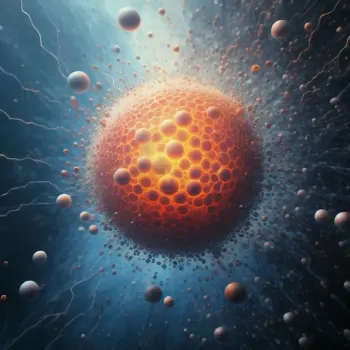
There is a continual stream of atoms passing to and from living organisms from and into the biosphere. Within the organisms a vast and changing number of molecules are produced by processes not otherwise known in the biosphere.

Abiogenesis, the process of life emerging from non-living matter, is one of the most profound and challenging questions in science. It represents the transition from the realm of chemistry to the emergence of biology, a pivotal moment in the history of our universe. Despite its immense significance, abiogenesis remains shrouded in mystery, with scientists continuously exploring various hypotheses and conducting experiments to unravel the enigma of how life first arose on Earth billions of years ago.
The study of abiogenesis is a multidisciplinary endeavor, drawing upon knowledge from fields such as chemistry, geology, astronomy, and biology. It seeks to understand the conditions that existed on the early Earth and how these conditions could have facilitated the spontaneous formation of the first self-replicating molecules, the precursors to life as we know it. Researchers investigate the potential pathways that may have led to the synthesis of complex organic compounds, the assembly of these compounds into larger structures, and the eventual emergence of primitive cellular systems capable of replication and evolution.
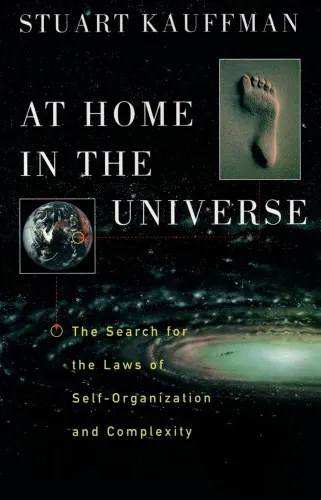
At Home in the Universe
The Search for the Laws of Self-Organization and Complexity
Stuart Kauffman’s At Home in the Universe unveils a scientific revolution centered on spontaneous order in complex systems. Kauffman argues that complexity itself triggers self-organization, revealing life as a natural outcome rather than a chance event. From cell development to cultural evolution, he explores how this principle shapes diverse phenomena. Praised as a visionary by Stephen Jay Gould and Philip Anderson, Kauffman’s work extends Darwin’s theory and offers profound insights into the essence of life.
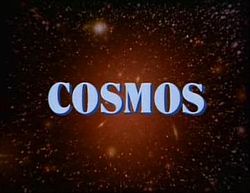
One Voice in the Cosmic Fugue
Cosmos, Episode 2
Sagan discusses the story of the Heike crab and artificial selection of crabs resembling samurai warriors, as an opening into a larger discussion of evolution through natural selection (and the pitfalls of intelligent design). Among the topics are the development of life on the Cosmic Calendar and the Cambrian explosion; the function of DNA in growth; genetic replication, repairs, and mutation; the common biochemistry of terrestrial organisms; the creation of the molecules of life in the Miller-Urey experiment; and speculation on alien life (such as life in Jupiter's clouds). In the Cosmos Update ten years later, Sagan remarks on RNA also controlling chemical reactions and reproducing itself and the different roles of comets (potentially carrying organic molecules or causing the Cretaceous–Paleogene extinction event).
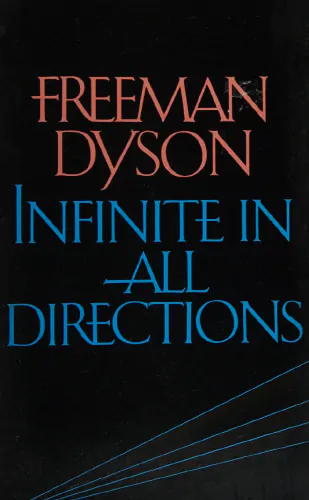
Infinite in All Directions
Infinite in All Directions explores science and religion as two complementary ways of understanding the universe. Based on Freenman Dyson's Gifford Lectures, the book celebrates diversity, both in the natural world and human responses to it. Dyson contrasts different scientific approaches using Manchester and Athens as symbols. He delves into the origin and evolution of life, highlighting how life thrives on diversity. In the final chapter, Dyson speculates on the future of life and the universe, blending science with a touch of science fiction and theology.

Is the Emergence of Life an Expected Phase Transition in the Evolving Universe?
This article proposes a new definition of life as chemical systems that achieve catalytic closure, constraint closure, and spatial closure. It argues that the emergence of such living systems is an expected phase transition in the evolving universe. However, the ever-creative evolution of life thereafter cannot be explained by physics alone, showing the limits of reductionism. Life is a double miracle—expected yet unexplainable.
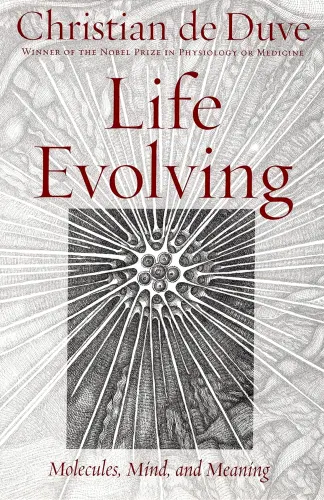
Life Evolving
Molecules, Mind, and Meaning
Christian de Duve, a Nobel Prize-winning biologist, takes readers on a journey through the biological world, from the tiniest cells to the future of life. He argues that life was bound to arise and discusses the evolution of humans, consciousness, language, science, emotion, morality, altruism, and love. De Duve concludes by speculating on humanity's future, including the possibility of evolving into a new species, and shares his thoughts on God and immortality. This wise and humane book sums up his learnings about life and our place in the universe.
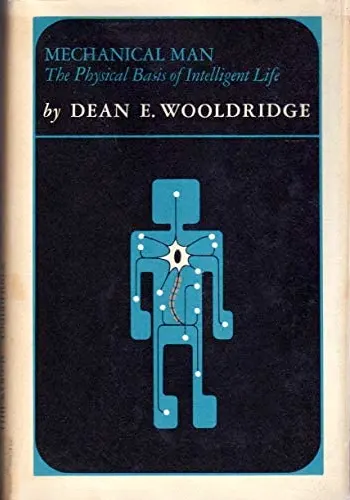
Mechanical Man
The Physical Basis of Intelligent Life
A report on modern attempts to account for the origin and properties of living organisms, including man, by means of the principles of physics. It concludes that biology is a branch of physical science, and man is only (and astoundingly) a complex kind of machine.

Physics of Life, Time, Complexity, and Aliens
Sara Walker and Lex Fridman explore life’s grand mysteries, touching on the nature of existence and the origins of life to the potential of artificial intelligence and the future of consciousness. Walker’s unique perspective challenges conventional wisdom, inviting us to reconsider our place in the cosmic dance.

The Analysis of Life
Life's essence transcends scientific scrutiny. Though such examination reduces life to physical mechanisms, synthesis reveals the boundless consciousness and freedom underlying all existence. As Teilhard de Chardin contemplated, life organizes chance through each being's innate creativity. From this vision, we can glimpse life's mystical emergence.

The Evolution of Responsibility in the World
Teilhard argues that responsibility isn’t just a social rule but a cosmic imperative. The universe, he claims, is hurtling toward unity—collapsing matter into life, life into consciousness. Today, planetary compression—population growth, tech, and globalization—fuels interdependence. Each choice ripples across humanity: a pilot’s error, a scientist’s discovery, a leader’s word. This isn’t mere ethics; it’s evolution’s demand. As humanity merges into a thinking superorganism, responsibility becomes biological—a binding thread in Earth’s living tapestry, transcending laws to reflect our shared cosmic destiny.
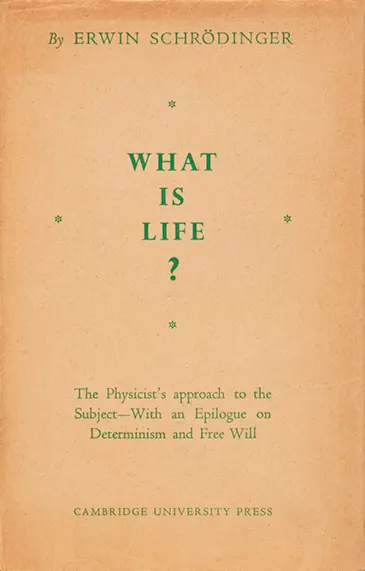
What Is Life?
The Physical Aspect of the Living Cell
This book was based on a course of public lectures delivered by Schrödinger in February 1943, under the auspices of the Dublin Institute for Advanced Studies at Trinity College, Dublin. The lectures attracted an audience of about 400, who were warned "that the subject-matter was a difficult one and that the lectures could not be termed popular, even though the physicist’s most dreaded weapon, mathematical deduction, would hardly be utilized." Schrödinger's lecture focused on one important question: How can the events in space and time—which take place within the spatial boundary of a living organism—be accounted for by physics and chemistry?